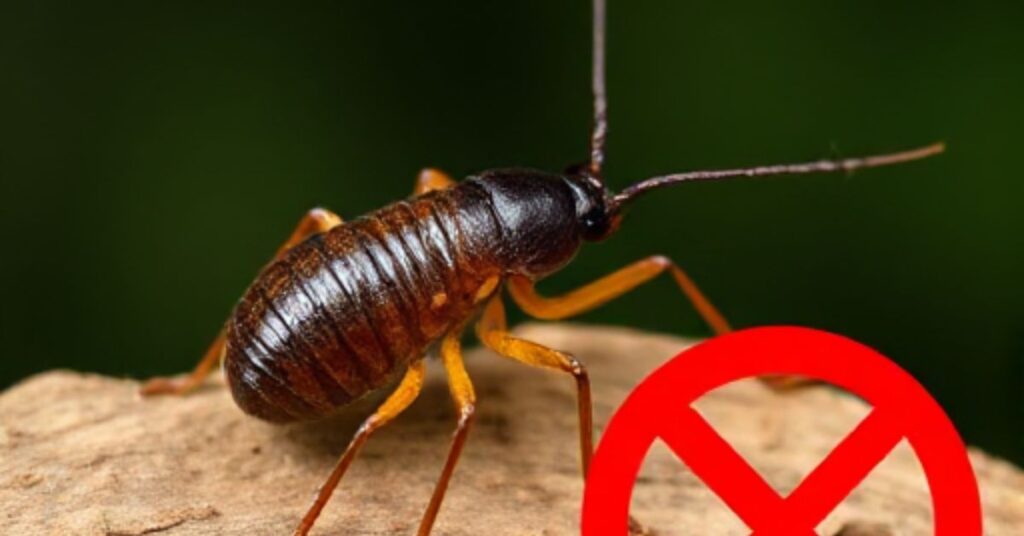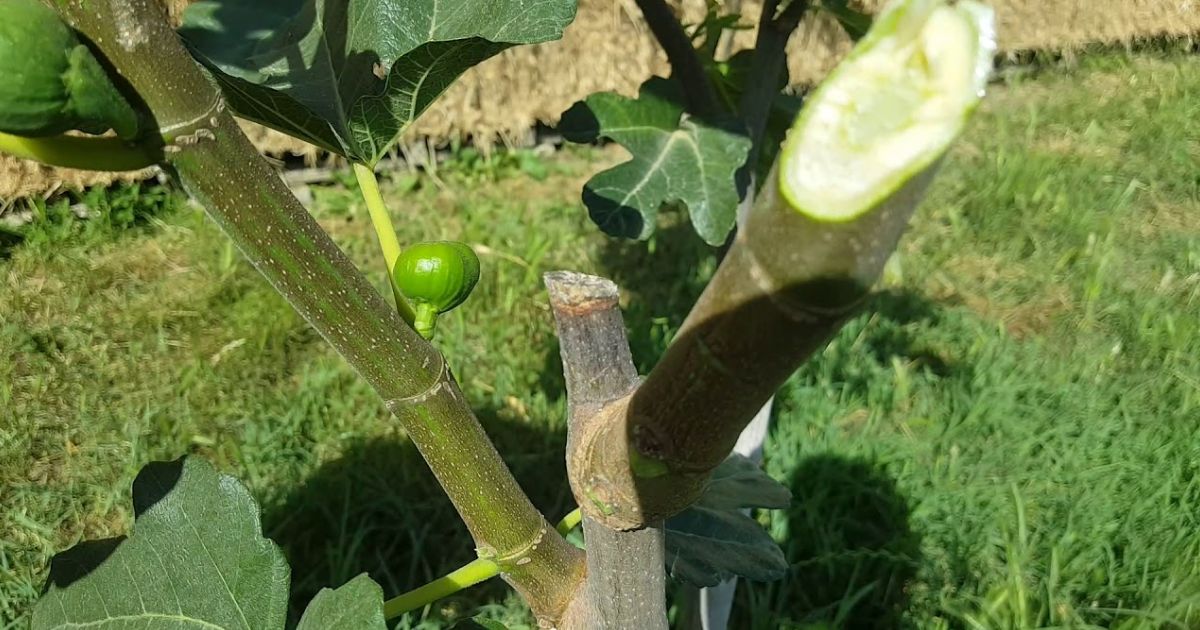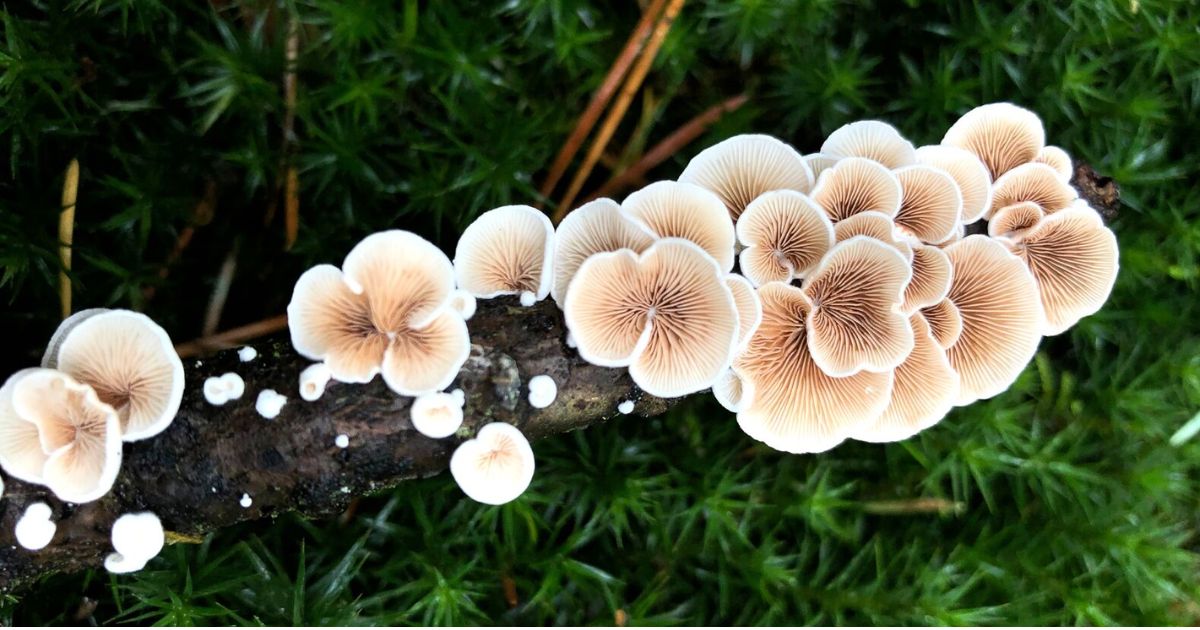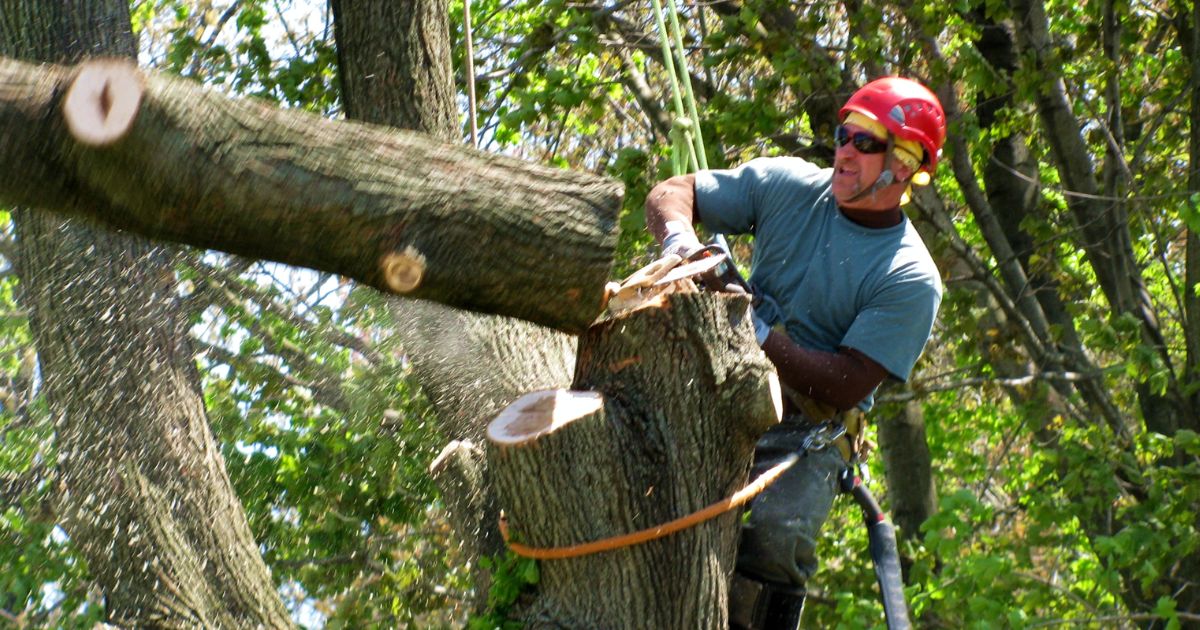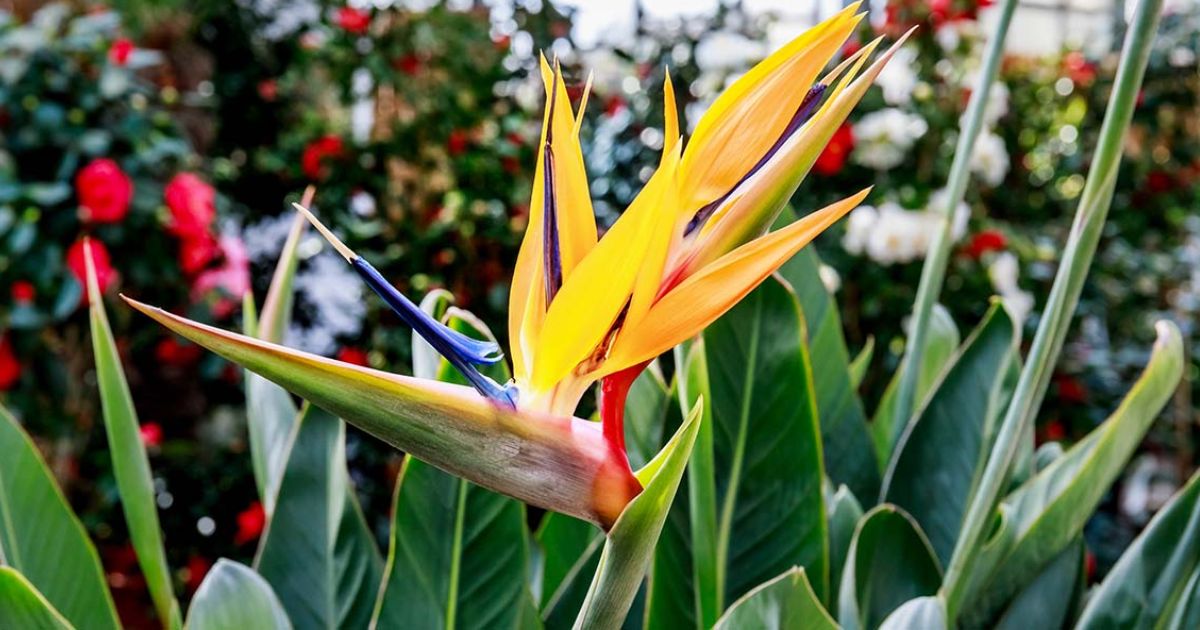Earwigs are small, nocturnal insects that might become bothersome if they infiltrate your house or yard. Known for their distinctive pincers, earwigs seek out dark, damp environments and often hide in cracks, crevices, and organic debris. While they do not harm humans, earwigs can damage plants and garden flowers. Preventing and getting rid of earwigs requires a combination of strategies, including reducing moisture, sealing entry points, and using traps or natural repellents. Taking the proper steps can effectively manage earwig populations and keep your living space pest-free.
What Are Earwigs?
Earwigs are small, nocturnal insects belonging to the order Dermaptera. They are easily recognized by their elongated bodies, dark brown or black color, and distinctive pincers (cerci) at the end of their abdomen. These pincers are used for defense, capturing prey, and mating rituals. Despite myths, earwigs do not crawl into human ears or cause harm to people.Earwigs are omnivorous, feeding on plants, decaying matter, and small insects. They prefer dark, moist environments like soil, leaf litter, or under rocks. Some species are considered garden pests, The Best Containers for Seed Storage diy earwig repellent as they can damage plants and flowers. However, they also help control other insect populations, making them beneficial in specific ecosystems.
Where Do Earwigs Live?
Earwigs live in dark, damp environments where they can find shelter and Moisture. They are commonly found in gardens and forests under rocks, logs, mulch, and leaf litter. During the day, they hide in cracks, crevices, and other protected areas, emerging at night to feed.Indoors, they may enter homes through small openings, seeking Moisture in basements, bathrooms, and kitchens. They thrive in warm, humid conditions and are more active in spring and summer. While some species prefer outdoor habitats, others adapt to living in human dwellings, especially in damp or decaying areas.
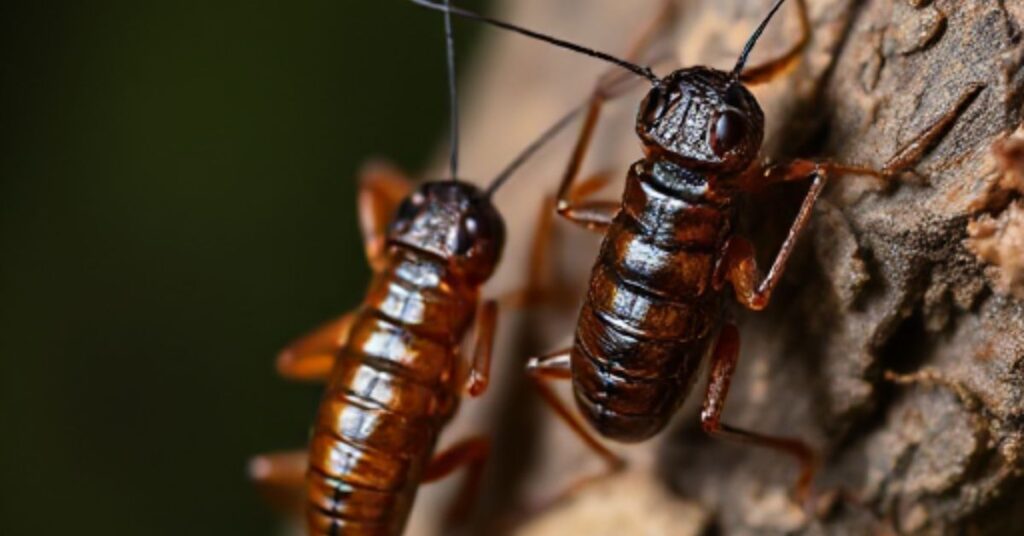
How do you get rid of earwigs in the house?
Getting rid of earwigs in the house requires a few simple strategies. First, eliminate any areas of excess Moisture, as earwigs are attracted to damp environments. Fix leaky faucets, install dehumidifiers, and ensure your home is well-ventilated. Close any gaps or fractures in doors, earwig repellant windows, and walls to prevent earwigs from entering.
You can also use natural deterrents like essential oils—peppermint, tea tree, or eucalyptus oils are effective in repelling earwigs. Mix a few drops with water and spray around entry points. If earwigs are already inside, you can trap them overnight by placing rolled-up newspaper or damp towels in affected areas. Top Tips for Winter Vegetable Check them in the morning and dispose of the trapped pests.Finally, if the infestation persists, consider using insecticidal soap or traps designed for earwigs. Regular cleaning, particularly in dark, hidden areas, will also help keep earwigs at bay.
How to keep earwigs out of your garden
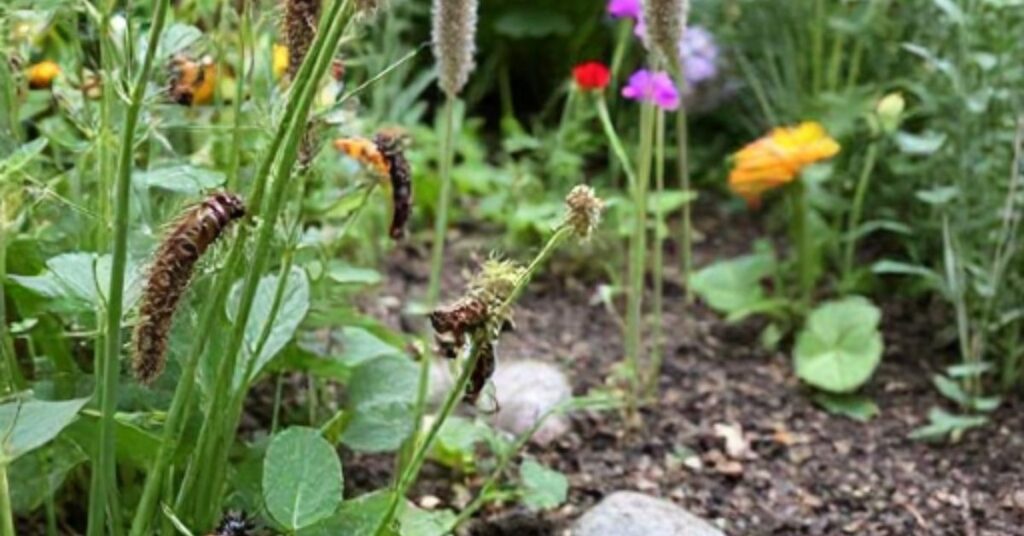
Keeping earwigs out of your garden requires a combination of preventive measures and natural deterrents. Here are some effective strategies:
1. Reduce Moisture
Earwigs are attracted to damp areas, so avoid overwatering your garden. Water in the morning to allow the soil to dry out by evening, reducing the appeal for earwigs. If you have areas of standing water, such as puddles or clogged gutters, be sure to fix them.
2. Remove Hiding Spots
Earwigs often hide in dark, damp places during the day. Remove any debris, including grass clippings and leaves. and mulch that can provide shelter. earwigs in chicken coop Avoid stacking firewood or piles of leaves close to your garden.
3. Use Natural Repellents
Essential oils like peppermint, tea tree, and eucalyptus are known to repel earwigs. Remove any trash, including leaves and grass cuttings. the soil, plants, and garden beds. do earwigs have nests Diatomaceous earth can also be a barrier, preventing earwigs from entering your garden.
4. Set Traps
To capture earwigs, place shallow containers on the ground that are filled with soy sauce or vegetable oil. The earwigs will drown in the liquid after being drawn to the scent. 9 Fruits and Vegetables Regularly check the traps and get rid of any earwigs that have been caught.
5. Encourage Beneficial Insects
Introduce natural predators like birds or beneficial insects (such as predatory beetles) to help control the earwig population. These insects can help keep earwigs at bay and reduce the need for chemical treatments.
Using these strategies, you can create a less inviting environment for earwigs and protect your garden from damage.
How to get rid of earwigs
Getting rid of earwigs requires a combination of preventive measures and active removal methods. First, reduce Moisture in and around your home by fixing leaks, using dehumidifiers, and ensuring proper basement and crawl space ventilation. Seal cracks, gaps, and entry points around walls to keep earwigs out and doors to keep them out. Indoors, keep spaces decluttered, vacuum regularly, and store items in sealed containers to eliminate hiding spots. Outdoors remove damp organic debris like leaf piles, mulch, and wood stacks near your home, as these provide shelter for earwigs. Trim overgrown vegetation and keep your lawn well-maintained to reduce shaded, moist areas where earwigs thrive.
To trap earwigs, place rolled-up damp newspapers or shallow containers filled with oil and soy sauce overnight and dispose of them in the morning. Sprinkling diatomaceous earth around entry points and infested areas can help kill earwigs naturally. Furthermore, making a spray with water and essential oils like eucalyptus or peppermint can be a natural repellent. Reducing bright outdoor lights or switching to yellow bulbs can help minimize earwig attraction. How to Prevent Tomato Catfacing: If infestations persist, applying insecticides around your home’s foundation and problem areas may be necessary. repel earwigs naturally Always follow safety guidelines when using chemical treatments. Combining these methods can eliminate earwigs from your home and prevent future infestations, keeping your living spaces clean and pest-free.
Does Neem Oil Kill Earwigs?
Yes, neem oil can help kill earwigs, but it is more effective as a repellent than a direct killer. Neem oil contains azadirachtin, a compound that disrupts the insect’s ability to feed and reproduce. Spraying on earwigs can make them avoid treated areas, but it may not kill them instantly. For better results, apply neem oil directly to areas where earwigs hide, such as damp spots, cracks, and crevices. It is most effective when used as a prophylactic approach, How to Grow Garlic: which lowers their population over time. However, additional methods like traps or insecticidal soap may be necessary for severe infestations to control earwigs effectively.
Conclusion
Earwigs can be a nuisance, but with proper prevention and control methods, you can effectively keep them away from your home and garden. Reducing Moisture, sealing entry points, removing hiding spots, and using natural or chemical treatments can help eliminate infestations. Regular maintenance, such as trimming vegetation and decluttering storage areas, is crucial in keeping earwigs at bay. By taking these actions, you can make the earwig habitat less appealing. ensuring a pest-free and comfortable living space.
FAQ
What are earwigs?
Earwigs are small, nocturnal insects with pincers. They are known for hiding in dark, damp places and feeding on plants and decaying matter.
Do earwigs bite?
Earwigs can pinch if threatened, but they do not bite or harm humans.
How do earwigs enter homes?
Earwigs often enter through cracks, gaps, or open windows, seeking Moisture or shelter.
Are earwigs harmful to plants?
Earwigs can damage plants, especially soft fruits, flowers, and young seedlings.
Why are earwigs attracted to my home?
Earwigs are drawn to Moisture, dark spaces, and places that offer shelter, such as basements and bathrooms.
How do I prevent earwigs from entering my home?
Seal cracks and gaps, remove debris, and reduce Moisture indoors to prevent earwig entry.
What attracts earwigs to my garden?
Earwigs are attracted to moist, sheltered environments with plenty of decaying matter, such as leaves or mulch.
How can I naturally repel earwigs?
Essential oils like peppermint, eucalyptus, or sprinkling diatomaceous earth can help repel earwigs.

